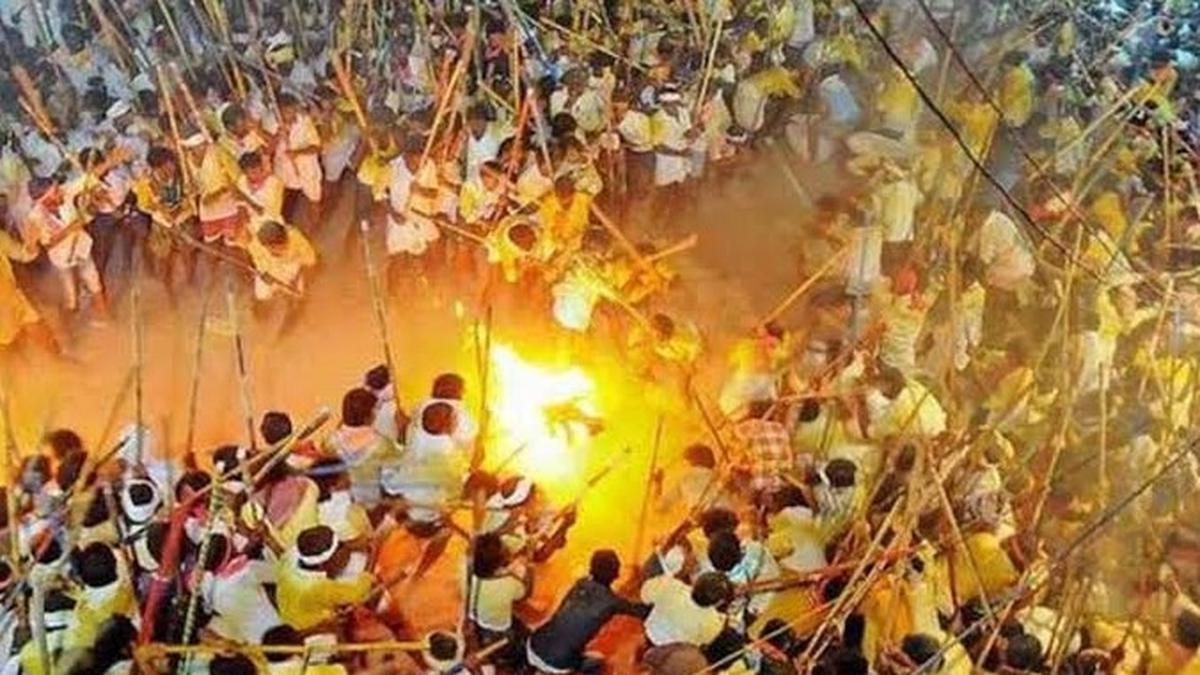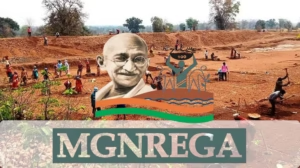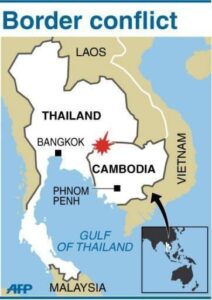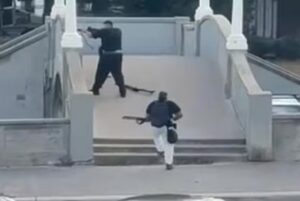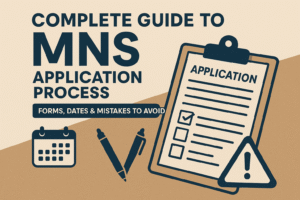The Devaragutta Dasara festival is one of the most unusual and striking celebrations of Dasara (Vijayadashami) in India. Celebrated at Devaragutta hillock in Kurnool district, Andhra Pradesh, this ritual involves violent stick fights between villagers — a practice that has continued for centuries and draws thousands of devotees every year.
 Historical Background & Legends
Historical Background & Legends
According to local legends:
Two demons, Mani and Mallasura, once lived in the hillock of Devaragutta.
They frequently harassed saints and sages who were performing penance.
The sages prayed to Lord Parameswara (Shiva) and Goddess Parvathi for protection.
On Vijayadashami night, Lord Shiva appeared in the form of Moola Virat in Kurmavatharam and slew the demons.
As they died, the demons requested annual human sacrifices. Instead, the Lord offered them a fistful of blood (Rakshapada) — a ritual that symbolically continues to this day.
 Rituals and Celebrations
Rituals and Celebrations
The festival is also called the Banni Festival of Sri Mala Malleswara Swamy Temple in Devaragutta. It spans eleven days, culminating on Vijayadashami with dramatic rituals.
Key Rituals:
Commencement – The chief priest begins with Ganapati Puja, Kankanadharana, Nischithartham, and Dwajarohanam.
Procession of the Deities – Idols of Sri Mala Malleswara Swamy and Goddess Parvathi are carried down from the hillock in a grand procession.
Stick Fights (Clash of Villages) –
Villagers are divided into two rival groups:
One includes devotees from Kothapeta, Neraniki Thanda, and Neraniki.
The other from Yellarthi, Suluvai, Aluru, Netravatti, and Arlamuru.
Armed with long bamboo sticks tipped with metal rings and flaming torches, both sides clash violently to claim the procession of the deity.
The fight often results in injuries, and is seen as an offering of blood and devotion to the Lord.
Blood Offering by the Priest – On the following day at Padalakatta, the head priest slits his own thigh with a knife and offers blood to Lord Mala Malleswara Swamy, continuing the Rakshapada tradition.
Predictions & Blessings – The priest then delivers predictions about the coming year, including crop yield and village fortunes.
Conclusion – The festival ends at Simhasanakatta, where rituals mark the formal closure of that year’s celebrations.
 Cultural Significance
Cultural Significance
The violent ritual is seen as a form of devotion and symbolic sacrifice, rooted in mythology.
Thousands of devotees participate with unwavering faith, considering injuries as divine blessings.
The festival symbolizes the triumph of good over evil, aligning with the larger Dasara narrative across India.
 Beyond Andhra Pradesh
Beyond Andhra Pradesh
The uniqueness of Devaragutta Dasara attracts not just locals, but also visitors from neighboring states such as Karnataka and Tamil Nadu, who travel to witness the dramatic and deeply spiritual celebrations.
 Conclusion
Conclusion
The Devaragutta Dasara Festival stands apart for its blend of mythology, devotion, and violent ritual. While modern sensibilities question the physical risks involved, for devotees it continues to be an act of faith, tradition, and cultural identity — a reminder that India’s festivals are as diverse as its people.

